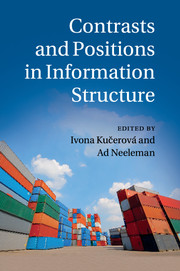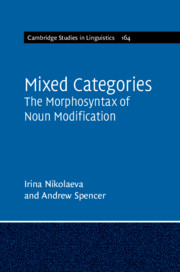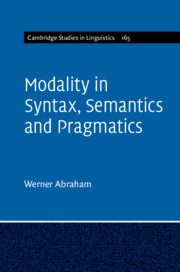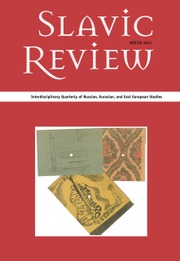Objects and Information Structure
In many languages, the objects of transitive verbs are either marked by grammatical case or agreement on the verb, or they remain unmarked: this is differential object marking. This book is a cross-linguistic study of how differential object marking is affected by information structure, the structuring of the utterance in accordance with the informational value of its elements and contextual factors. Marked objects tend to be associated with old information or information that the sentence is about, while unmarked objects tend to express new information. The book also sheds light on grammatical patterning in languages with differential object marking: in some languages marked and unmarked objects have identical grammatical properties, whereas in other languages marked objects are more active in syntax. Finally, it provides a theory of the historical changes that lead to the emergence of various patterns of differential object marking.
- A new theory of differential object marking and its relation to information structure
- Presents language data from a large variety of languages discussed in a theory-neutral manner
- Many language examples were obtained through original fieldwork
Product details
March 2012Adobe eBook Reader
9781139065078
0 pages
0kg
This ISBN is for an eBook version which is distributed on our behalf by a third party.
Table of Contents
- 1. Introduction
- 2. Syntactic assumptions
- 3. Information structure in grammar
- 4. Syntax and information structure
- 5. Topicality and grammatical marking
- 6. Topical marking of nonsubjects
- 7. Topicality and DOM
- 8. Primary and secondary objecthood and DOM
- 9. Multiple objects and grammatical alignment
- 10. Semantic features, topicality and grammaticalisation
- 11. Conclusion.






